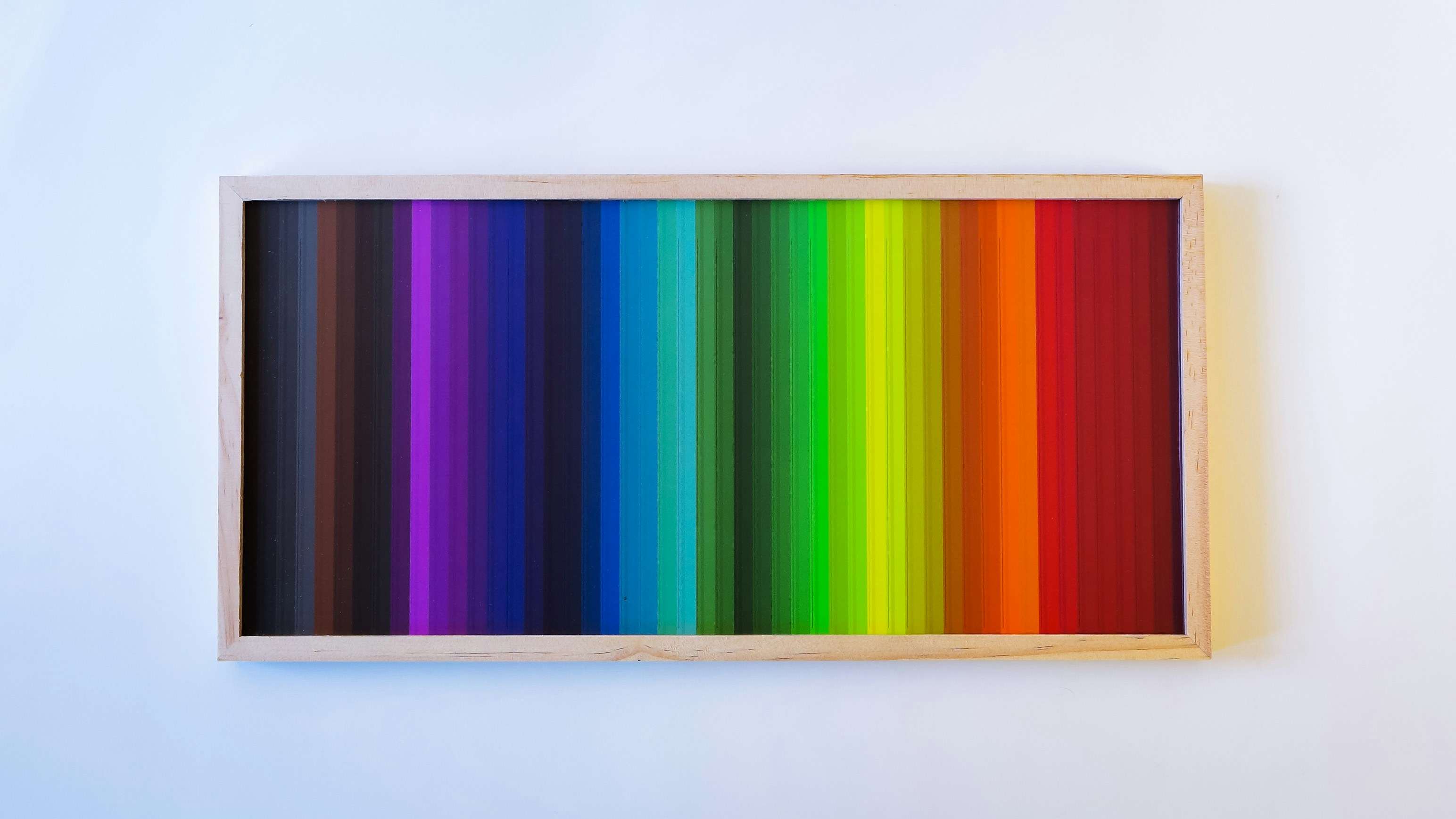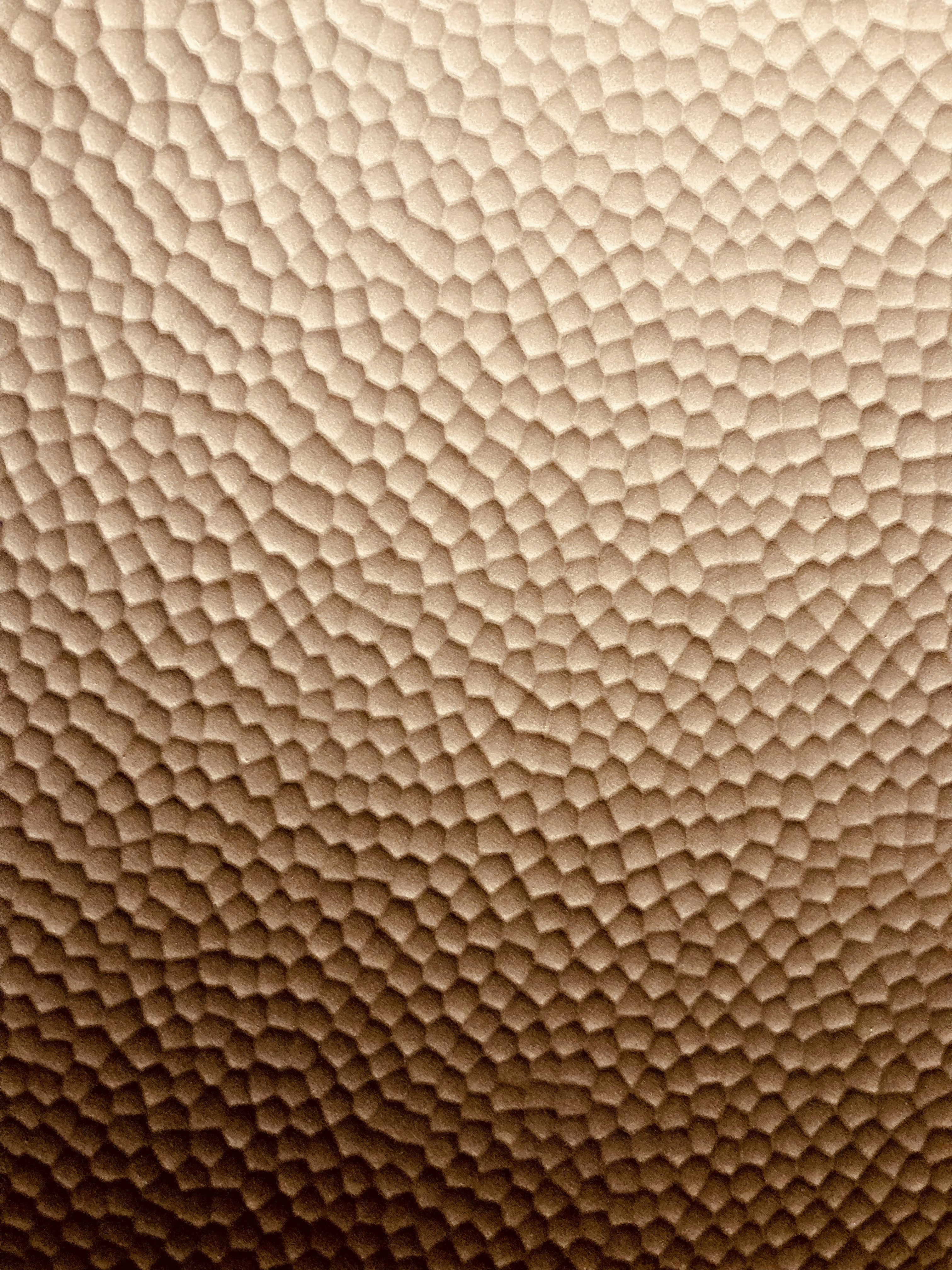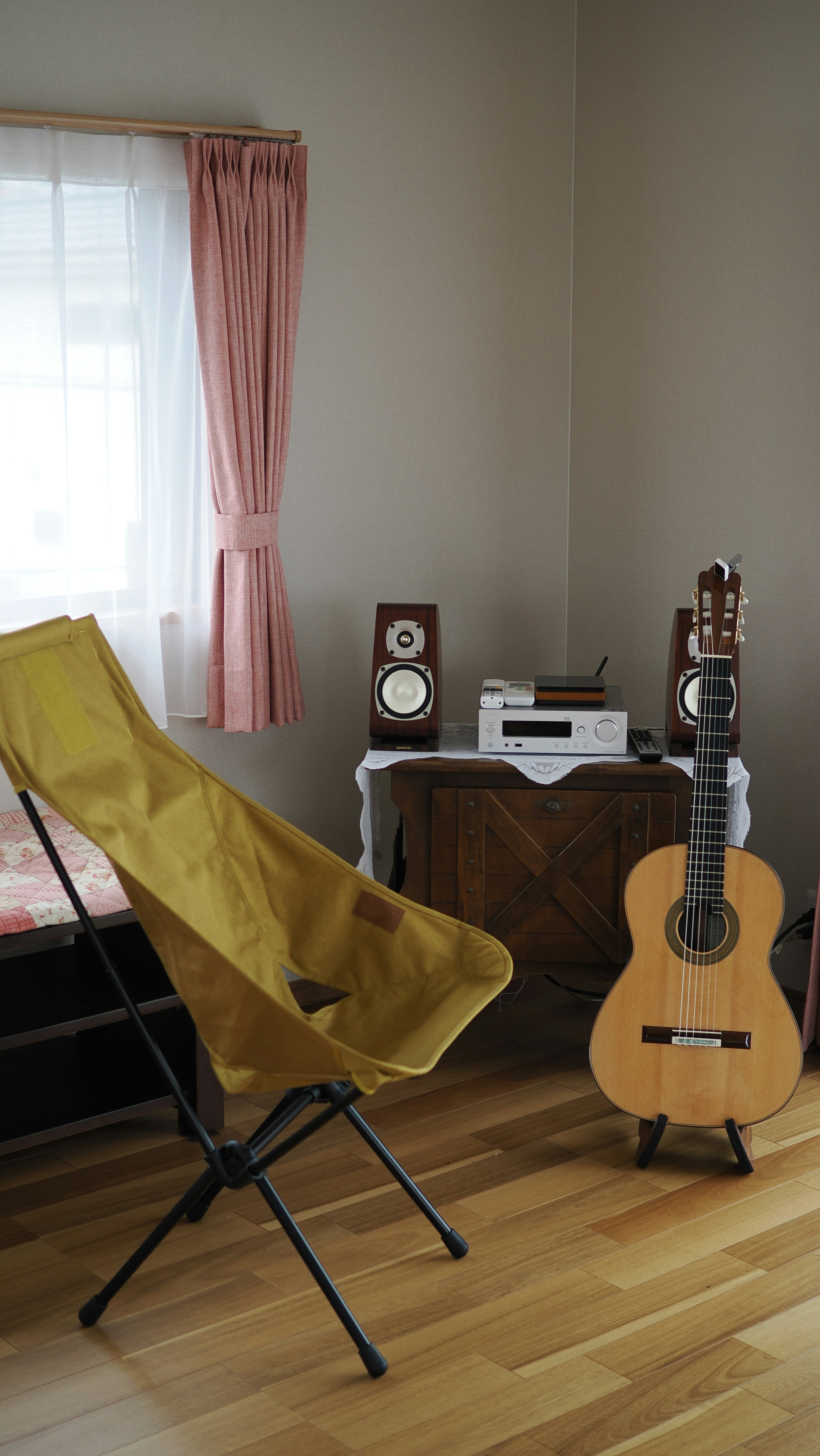Sensory Design: Crafting Multi-Sensory Spaces for Holistic Well-being
In our fast-paced, digitally-driven world, our living spaces can often feel disconnected from our senses. Sensory design invites us to embrace a holistic approach to home decor, merging aesthetics with multi-sensory experiences to foster well-being. It’s not just about how a room looks; it’s about how it feels, sounds, smells, and engages us on deeper levels. Through thoughtful integration of color, texture, sound, and scent, you can transform your home into a sanctuary that nurtures your physical and emotional health. Let’s explore how you can create multi-sensory living spaces that invigorate your spirit.
The Essence of Sensory Design
Sensory design involves creating spaces that engage all five senses—sight, sound, touch, smell, and taste—thereby enhancing the overall experience of a space. This approach is rooted in the idea that our environments affect our moods, productivity, and well-being. For instance, a richly textured fabric not only adds visual appeal but also invites touch, while soft acoustic elements can soothe the mind.
Experience and Expertise Behind Sensory Design
My journey into sensory design began in a small urban apartment where I felt the hustle of daily life overshadowing my personal space. Armed with a passion for design and a desire for tranquility, I started experimenting with different materials and elements. Through trial and error, I learned to appreciate how the right combination of colors, natural elements, and sounds can create a flourishing oasis. By diving into expert literature and researching current trends, I’ve uncovered much about the significance of engaging our senses in home decor.
To solidify this practice, it’s essential to explore various elements of sensory design that can be seamlessly integrated into your home.
A Palette of Color for Emotional Resonance
Colors not only define aesthetics but also profoundly influence our emotions. According to color psychology, different hues evoke various feelings and reactions. For example, warm tones like reds and oranges can energize a space, while cool colors, such as blues and greens, can induce calm and tranquility.
When embarking on your sensory design journey, consider creating a color palette that aligns with the mood you wish to invoke. You could also learn more about transforming your home's energy through color alchemy to enhance your decor.
Tone and Mood: The Impact of Sound
Much like color, sound plays a significant role in our day-to-day experiences. Acoustic elements can transform a space by adding a layer of comfort and serenity. Incorporate soft background music or natural soundscapes—like flowing water or chirping birds—to create a multi-dimensional atmosphere.
To delve deeper into this concept of sound design, you can explore soundscaping your space to harmonize your decor with acoustic elements that create a soothing environment.
Texture: The Tactile Experience
Textiles and materials profoundly enhance sensory experiences. The warmth of a knitted throw, the coolness of a metal sculpture, or the roughness of stone can evoke a sense of comfort, intrigue, or specialty.
When selecting decor elements, consider mixing textures to add depth and visual interest. A wool rug can ground a room, while a sleek glass table offers contrast. This fusion of materials not only elevates the decor but engages the sense of touch, inviting interaction and making your space feel alive. For more tips on this subject, check out transforming your space with textured decor.
Scent: The Invisible Decorator
Often overlooked, scent is a powerful enhancer of mood and memory. Introducing fragrances into your home can create an inviting ambiance that resonates with comfort and well-being. Natural elements, such as essential oil diffusers, scented candles, or even fresh flowers, can transform a space into a sensory haven.
Be intentional with your choices—lavender can promote relaxation, while citrus scents can uplift energy levels. Discover more on this topic through the art of scent integration into decor to curate spaces that stimulate the olfactory senses.
Synesthesia and Multi-Sensory Experiences
Imagine merging sound, scent, color, and texture into a single cohesive experience; this is where synesthesia comes into play in sensory design. This blending of senses elevates living environments and creates a more immersive experience.
Creating a Symphonic Home
When thinking about a multi-sensory approach, consider implementing various elements that reflect harmony. Use ambient sound machines or soft instrumental playlists paired with calming colors and aromatic candles. Your visitors will not only see and hear but will emotionally resonate with the atmosphere you’ve cultivated.
Personalizing Your Space: Engaging All Five Senses
To personalize your sensory experience further, curate items that reflect your unique story. Incorporate decor representative of your travels or experiences. This could mean displaying vintage items that tell stories or integrating artisanal crafts that remind you of cherished memories.
DIY Ideas for Sensory Spaces
-
Vision Boards Using Color: Create a vision board that incorporates your desired color palette and textures.
-
Sound Stations: Set up specific areas in your home dedicated to sound experiences—perhaps with plants and soft music or nature sounds.
-
Aroma Diffusers: Experiment with DIY aroma blends for personalized scent experiences.
-
Tactile Art: Design art pieces that not only look good but can also be enjoyed through touch.
-
Engaging Workspaces: If you're working from home, creating a tailored workspace that engages your senses can enhance productivity and creativity.
To guide you in these hands-on projects, external resources such as those found in Harvard Business Review can provide additional insights into the psychological benefits of sensory spaces.
Incorporating Nature: The Biophilic Approach
Biophilic design underscores our instinctual bond with nature, incorporating natural elements into our living spaces. It promotes wellness by diminishing stress and lightening mood through integration with natural environments. This theory aligns beautifully with sensory design, encouraging us to bring the outdoors inside for a fuller sensory experience.
Living Decor: Plants as Vital Elements
Integrating plants within your decor not only adds visual beauty but also purifies the air we breathe. Incorporate varied species to engage different sensory experiences—consider the softness of a fern, the waxy feel of succulents, or the vibrant colors of flowering plants.
For further inspiration on integrating biophilic design into your decor, check out biophilic design to elevate your home.
Seasonal Shifts and Sensory Adaptation
Adapting your decor to reflect seasonal changes can rejuvenate your sensory experiences. Switch out decorations seasonally—soft, warm blankets and pumpkin scents in the fall, fresh flowers and pastels in the spring, etc. This transition not only keeps your home feeling fresh but stimulates different sensory responses throughout the year.
For ideas on how to synchronize your decor with nature, consider reading about seasonal shifts in decor to keep your environment vibrant.
Bringing It All Together: Engaging Design Elements
Combining all these sensory components—color, texture, sound, and scent—can create a cohesive design that not only looks appealing but feels inviting and enriching to mind and body.
-
Create Zones: Designate specific areas of your home for particular sensory experiences. This could mean a calming reading nook, a vibrant kitchen, or a meditative corner filled with plants and aromatic scents.
-
Mindful Interaction: Encourage engagement with your decor—let visitors feel the textures, breathe in the scents, and hear the harmonious sounds around them.
Final Thoughts: Your Sensory Tapestry Awaits
Creating a multi-sensory home isn’t just an aesthetic endeavor; it’s a journey toward holistic well-being. By thoughtfully designing your living spaces with sensory engagement in mind, you’re promoting healthier emotional and psychological states for yourself and your loved ones.
Remember, the goal is to create an environment that resonates with your personal values and experiences. Let your home be a reflection of you—a curated tapestry of sensory delights that nurture and inspire every day. So roll up your sleeves, get creative, and let the exploration of sensory design guide you to an enriching living space!








